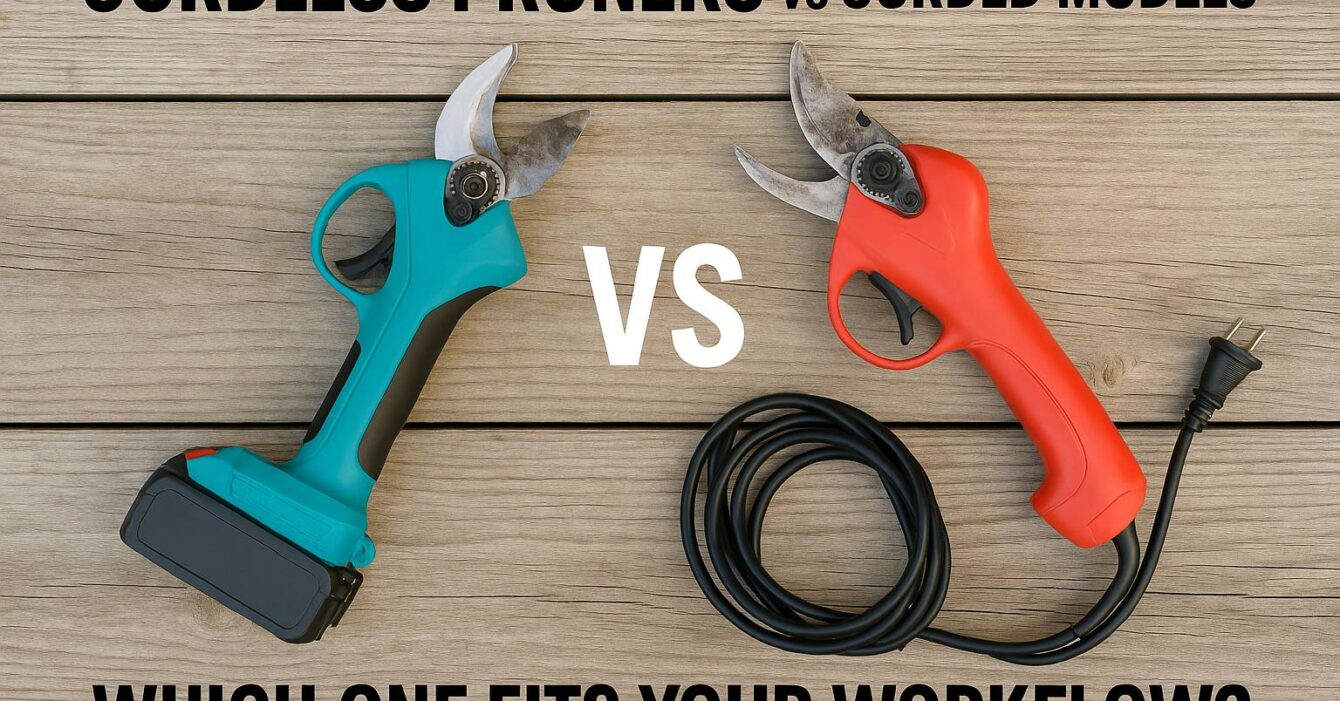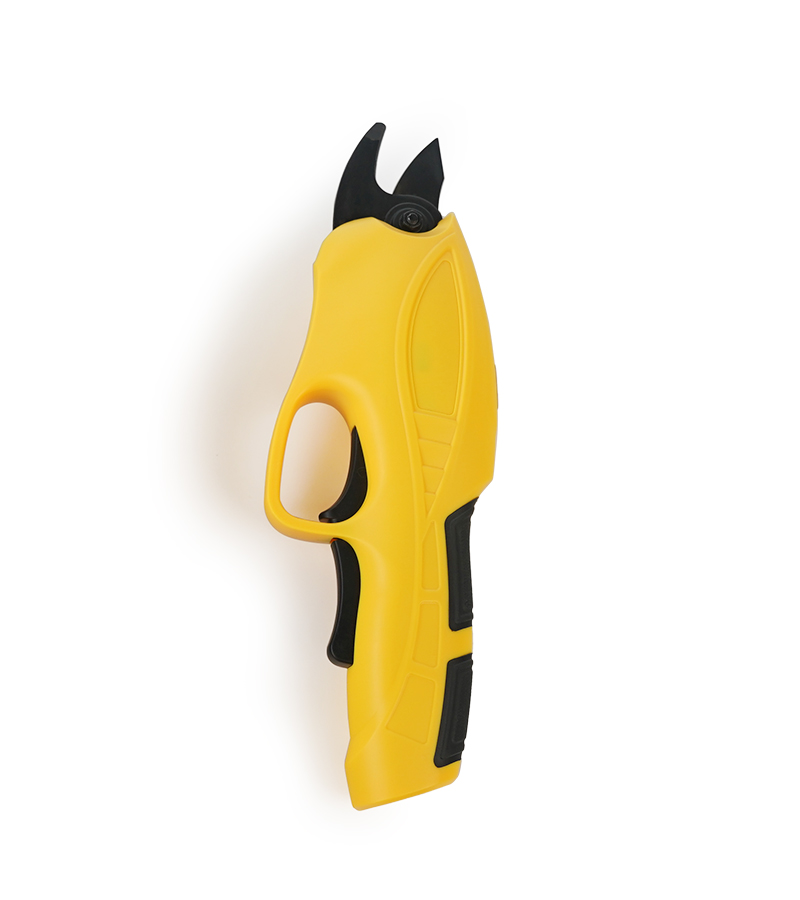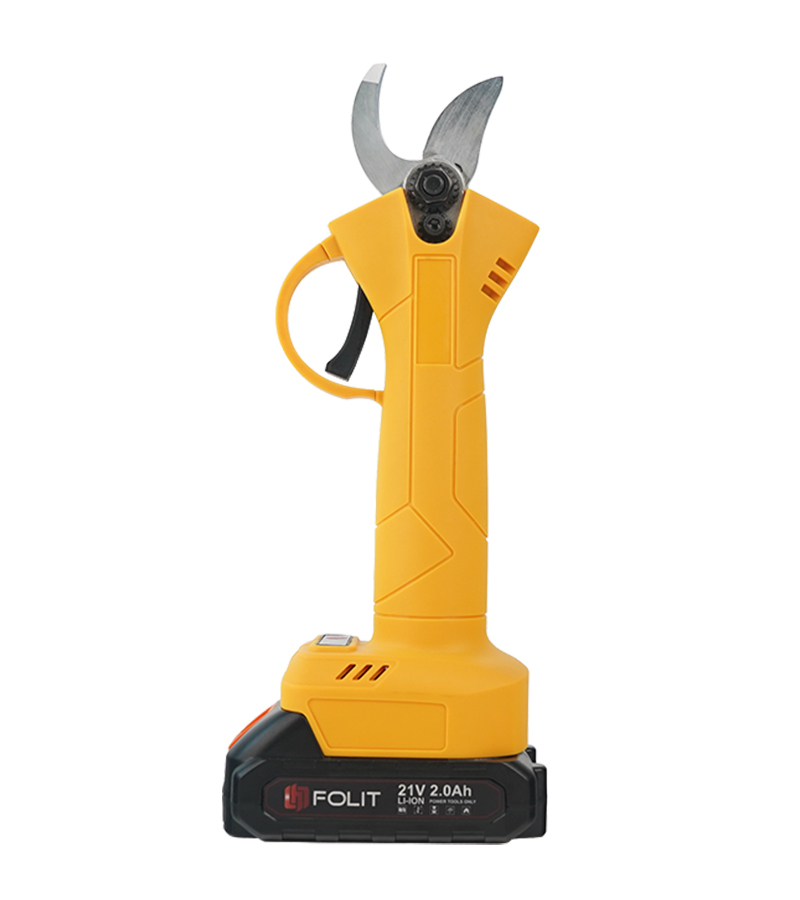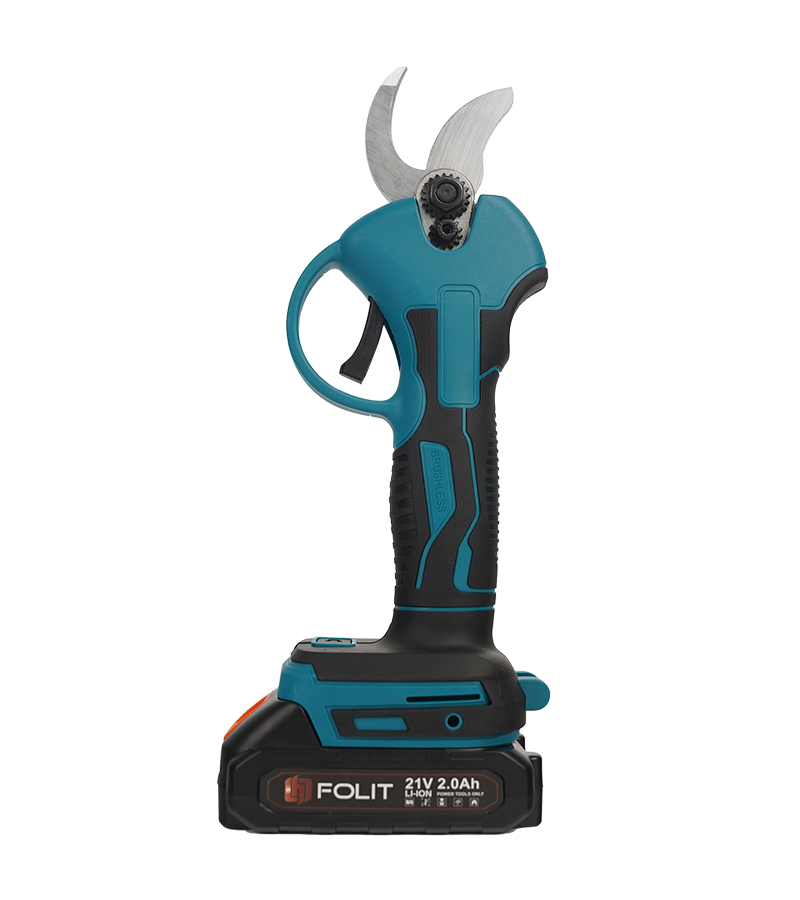Electric pruning tools have revolutionized modern gardening and agriculture. Whether you are trimming fruit trees in an orchard or maintaining decorative shrubs in a small garden, efficiency and mobility are key. However, one big question remains for professionals and enthusiasts alike:
Should you choose cordless pruners or corded ones?
Let’s break down the pros, cons, and data-backed performance differences to help you find the right fit for your workflow.
1. Mobility and Flexibility
Cordless Pruners: Freedom Without Limits
Cordless pruners, powered by rechargeable lithium batteries, offer complete mobility. You can move freely across large areas—ideal for vineyards, orchards, or landscaping sites without power outlets.
According to a 2024 survey by Gardening Trends Europe, 72% of professional landscapers prefer cordless models for outdoor jobs where cables can limit reach and pose tripping hazards.
Average runtime: 3–6 hours per charge
Average charge time: 1.5–2 hours (depending on battery capacity)
Corded Models: Unlimited Power Supply
Corded pruners connect directly to mains electricity or external generators, ensuring consistent cutting power. They’re often favored in fixed locations such as nurseries, plant labs, or indoor horticulture centers.
However, cable length limits mobility, and extension cords can reduce power efficiency slightly (by 3–5% per 10 meters of cable).
2. Cutting Power and Consistency
Cordless Pruners: Advanced Brushless Motors
Modern cordless models like the FOLIT Pro Series use brushless motors that deliver up to 1.2 tons of cutting force, suitable for branches up to 35mm in diameter.
Battery voltage directly affects cutting torque—21V–25V systems typically outperform smaller 14V models by nearly 40%, based on field tests by European Garden Machinery Association (EGMA).
Corded Pruners: Constant Output but Heavier Setup
Corded models maintain constant torque but often require larger power units or corded control boxes, making them heavier and less ergonomic. In productivity tests, their cutting speed advantage (≈5%) rarely outweighs the loss in portability.
3. Weight and Ergonomics
| Type | Average Weight | Ideal For | Fatigue Rating* |
|---|---|---|---|
| Cordless | 0.9–1.3 kg | Field pruning, orchard work | ⭐⭐⭐⭐☆ |
| Corded | 1.5–2.2 kg | Fixed-area trimming | ⭐⭐☆☆☆ |
*Based on tests from Horticultural Technology Journal 2023 with 20 professional users.
Cordless tools integrate balanced battery design to minimize wrist strain, while corded pruners may pull slightly due to cable resistance.
4. Maintenance and Durability
Cordless systems require battery health monitoring and occasional replacement after ~500 charge cycles.
Corded models have fewer electronic components, but cables are prone to wear, especially when used outdoors in damp environments.
In long-term usage studies, cordless pruners with IP54-rated waterproofing showed 30% longer service life compared to standard corded ones exposed to humidity.
5. Safety and Usability
Cordless designs eliminate cable entanglement—a leading cause of pruning accidents.
A 2023 report by the UK National Safety Board for Gardening Equipment found that nearly 18% of minor workplace injuries were caused by tripping or cutting cable-related hazards.
Cordless models, especially those with anti-cut sensor systems, significantly reduce such risks.

6. Cost and ROI Considerations
| Category | Cordless Pruner | Corded Pruner |
|---|---|---|
| Initial Price | £150–£350 | £90–£250 |
| Power Source | Rechargeable battery | Direct current |
| Average Lifespan | 4–6 years | 3–5 years |
| Annual Maintenance Cost | Low (battery care) | Medium (cable + power box) |
| ROI (Commercial Users) | 120–160% | 80–100% |
Although cordless pruners cost slightly more upfront, their time savings and mobility often deliver a higher return on investment, particularly for vineyard or orchard operators.
7. Verdict: Which One Fits Your Workflow?
| User Type | Recommended Model | Reason |
|---|---|---|
| Home gardeners | Cordless | Convenience, no cords, safer use |
| Professional landscapers | Cordless | Long runtime, ergonomic design |
| Indoor horticulture | Corded | Continuous power supply |
| Budget-conscious users | Corded | Lower upfront cost |
For most modern gardening and agricultural needs, cordless pruners are the superior choice, offering flexibility, safety, and strong long-term value.
Conclusion
The choice between cordless and corded pruners depends on your workspace, budget, and frequency of use.
But for professionals who value mobility and efficiency, modern cordless pruners—like the FOLIT Pro Series—deliver unmatched freedom, precision, and productivity








